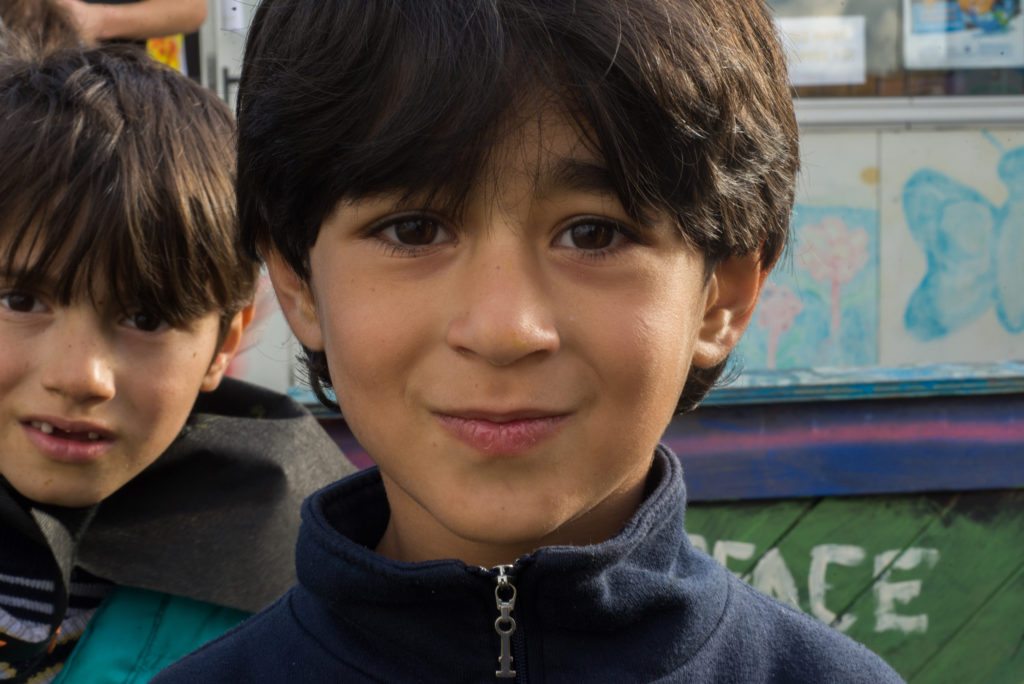The last two weeks have provided our CEO, Joséphine Goube, with more insights into how Europe is responding to the ongoing refugee situation. We caught up with her to find out more, in her own words…
A local response to the hospitality crisis
Last week, with the team, we returned to Calais for a two-day conference on the ongoing refugee situation there. Mayors from Strasbourg, Briançon, Arras, and Grande Synthe gathered to share knowledge and experience gained from this trying time.
The message was encouraging. All agreed that it simply wasn’t in their nature, or indeed in the French national character, to ignore those in need, However, how they can be helped is no simple matter to decide.

One shining example came from Grande Synthe, 20km from Calais. Here, the mayor organized his own camp rather than relying on the ad hoc chaos of the infamous Jungle to provide shelter.
Refugees in the Grande Synthe camp were treated with dignity and respect. Food was not doled out in factory-like cafeterias, Oliver Twist style. Instead, each property was allocated enough raw ingredients for its residents to cook and enjoy mealtimes together.
Buses were laid on to carry refugee children to local schools. Not only does this help them integrate and develop their language skills, it gives French kids a unique perspective on the wider world.
Teachers testify to the success of this element of the project, praising the local children for how welcoming they are towards their new classmates. One child even wondered aloud why the grown-ups were making such a fuss over this ‘refugee’ thing. Kids, eh?

The mother of invention
What appealed to me most about this mayors’ meeting was that it wasn’t just a back-slapping and hand-shaking exercise. The delegates were honest about their failures, and the lessons they’d learned from initiatives which hadn’t gone as well as Grande Synthe.
This turned the conversation away from the impossible idea of ‘best practice’ when reaction to a global catastrophe. Instead, focus remained on how local government can work with charities and communities to produce ideas which resonate on a case-by-case basis.
We examined examples like Riace, the Italian village revitalised by an influx of migration. Here, locals had all but abandoned the settlement in pursuit of work elsewhere, leaving enough empty homes to rebuild a vibrant community made up of some 25% refugees. That simply wouldn’t work in many European communities, but here it has allowed displaced people to thrive.
Again and again, we heard how local authorities had been forced to learn pragmatism, to use limited resources intelligently and reframe the narrative for themselves. Because unfortunately, government at a national level is still concerned with immigration as a security issue.

With those best placed to deal with the issue still blinkered by paranoia and held back by politics, we need a multi-city collaborative network like this one to come together and share ideas.
If this continues to happen, we can hopefully work from the bottom up and provide a robust response to this critical issue, one where everyone feels included and valued.
This post was written by the team at Sookio.